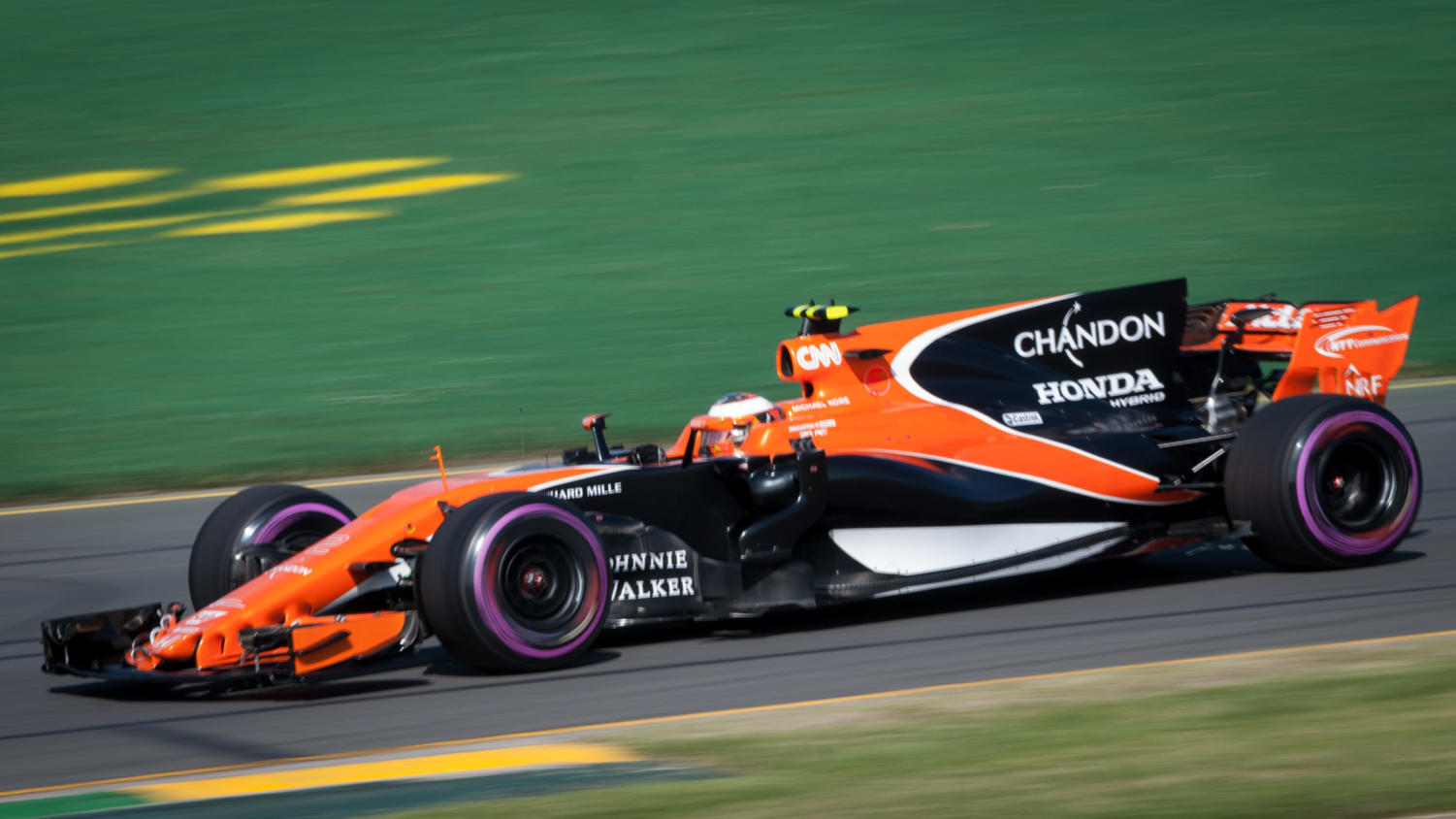The Cost of Racing
Living life in the fast lane. A life of fast cars, parties, and glory. All of this seems like a life that anybody would want. Who wouldn’t? But in all reality, the world of motorsports is not all glitz and glamour.
One of the most overlooked aspects of racing is the mental and physical strength required to drive fast. Race car drivers are required to be at the peak of their physical performance and for good reason. In the world of Formula 1, in-car temperatures can reach up to 120 degrees Fahrenheit at the Malaysian Grand Prix. Formula 1 drivers have also been reported to have internal body temperatures of 105 degrees for some races.
This is notable as brain damage can occur when the body reaches a temperature of 107 degrees and your proteins and enzymes will start to become useless at 105.8 degrees. It also does not help the drivers given that they wear thick, fire-proof padded suits along with a heavy helmet. Along with the heat, NASCAR drivers can experience a constant force of over 4 G’s and Formula 1 drivers can experience up to 8 G’s on some corners with hard braking zones followed by vicious accelerations. Open wheel cars like Formula 1 and IndyCar are famous for pulling more G’s than a Space Shuttle Launch. This is all physically exhausting as professional races will often last for tens or hundreds of laps.
The physical demands become greater for drivers when they enter the world of endurance racing. The 24 Hours of Le Mans is deemed as the Grand Prix of Endurance and Efficiency and does indeed last 24 hours. While a single driver won’t race the car for the whole 24 hours, drivers are expected to race around 9 hours, often in stints of 2 hours which is very demanding. Despite the fatigue and tension constantly pressuring the driver, they are expected to always be on and ready to race for a whole 24 hours. They are also expected to make as little errors as possible.

Open-wheel cars are some of the fastest and most expensive in the world going over 200 MPH. This 2017 McClaren F1 MCL 32, which looks very similar to it’s IndyCar cousin, is driven by Stoffel Vandoorne. Taken under the Creative Commons License via Wikimedia.
While the physical demands of being a race car driver sound enormous, they only account for around 10% of a driver’s skill. The other 90% accounts for mental stability and strength. The world of racing is tough and one of the most stressful to exist. While being constantly pummeled by high G-forces and the deafening sound of a racecar’s roaring engine, you must always be thinking about race strategy, hitting the apex of every corner, when to brake and how hard, defending against approaching opponents from behind, overtaking drivers that are ahead, gearshifts, and much more.
The stress of racing is even higher if you know that you are not the fastest out there. Many motorsports allow for the teams to develop their cars in their own way which leads to variations in performance among teams. This means that many of the drivers know that they do not have the car to win the title or any race for some. This can be crushing to a driver’s motivation and definitely adds more pressure for them to pick up in performance where the cars cannot.
With so much going on to a racing driver both mentally and physically during a race, there is definitely a lot of room for health risks and effects. One of the most notable health risks when it comes to racing is dehydration. This is mainly caused by the heat mentioned earlier in this article. Back in 2010, NASCAR driver Brian Vickers had to leave the sport for 6 months due to many blood clots that formed in his veins that were a direct result of dehydration. Along with the heat of a race car, there are plenty of chances for drivers and engineers to burn themselves on hot pieces of metal. Brake pads can easily go over 650 degrees Fahrenheit and usually hang at around 1500 degrees. A third-degree burn can occur when the skin is in contact with 140-degree water for 5 seconds.

Rallying is another popular form of racing that uses modified street legal cars. Used under the Creative Commons License via Wikimedia.
Hearing loss is also a serious issue for older motorsport drivers as race car engines are extremely loud. Formula 1 and IndyCar engines can easily go over 100dB and this is concerning since hearing damage occurs at 85dB. Even with ear protection, drivers still have to worry about hearing loss. Even fans sitting in the grandstands of a race have reported a loss in hearing when attending Formula 1 races. There is also the constant inhaling of fumes. Gasoline, smoke, and burnt rubber are a common occurrence at a race track and years after years of inhaling that stuff can lead to cancer or infections.
With so many health concerns, there is also the chance of death. Over the 25 years in the US alone, over 500 people have died while racing. So far in Formula 1, 6.8% of all drivers have died on the track since the league’s beginnings in 1950. The Indianapolis Speedway, a single track, has claimed the lives of 57 people and the Nürburgring has claimed another 48. A single crash at the 1955 Lemann’s race killed driver Pierre Levegh and around 80 spectators. High speeds can very lethal if one of the over 5000 parts in a car fails or breaks, which has caused an increased pressure on race engineers to perfect every single bolt and nut in a car. This is also why teams and organizations pump millions into safety features.
While the physical, mental, and health risks of racing are staggering, the financials of racing are enormous as well. The total budget for a top IndyCar team like Chevy or Honda is roughly $15 million with $3 million being spent on each car. While this is very expensive, the top Formula 1 teams, Red Bull, Ferrari, and Mercedes, spend around $470 million a year, with $125 million going into the car and $100 million going into engine development. in 2017, a total of $5.75 billion was spent worldwide on motorsports of all classes.
When a driver can overcome all of the physical and mental challenges along with the expense and struggle, the benefits are definitely substantial. Lewis Hamilton is currently the world’s highest-paid driver and the 10th highest-paid athlete, raking in a cool $46 million in his 2017 season with Mercedes F1. Sebastian Vettel follows with $38.5 million and Fernando Alonso with $36 million. NASCAR drivers Jimmy Johnson and Dale Earndheart Jr. made roughly $21 million each. Many of these drivers live in exotic places around the world, including Monte Carlo and live the good life. If you are willing to accept the risk and put in the work, you too could be living your life in the fast lane and be making millions.

Hi, my name is Jake Werner and this is my staff profile. I am a Copy Editor, the Fun Facts editor, and the editor of the Jetcast and this is my second...



